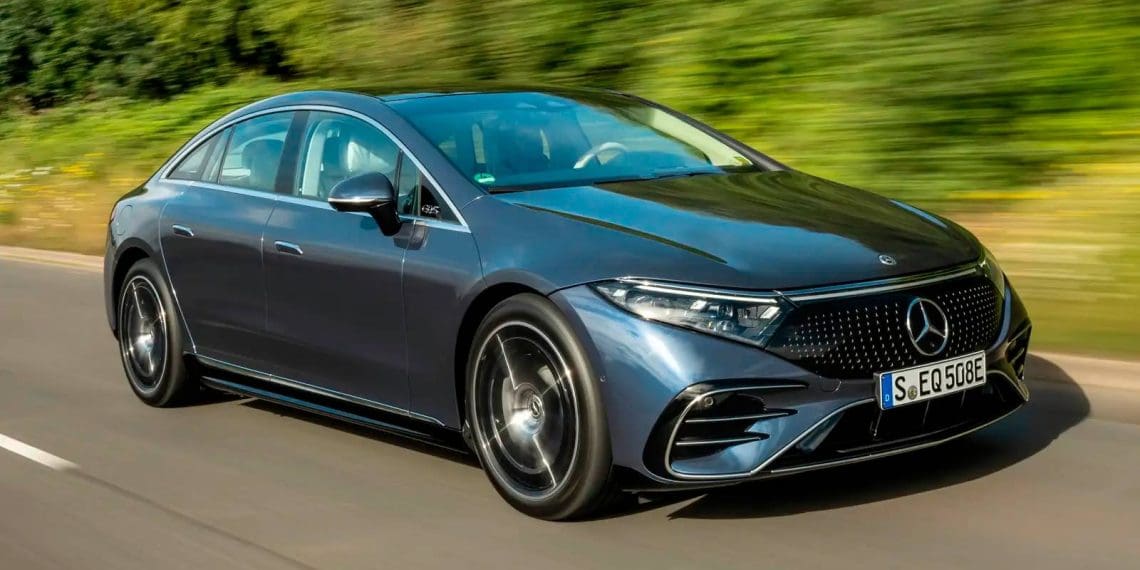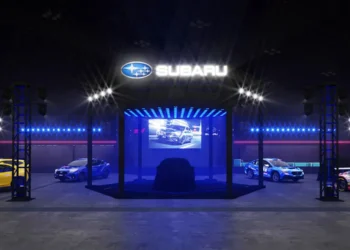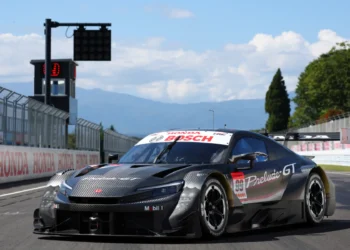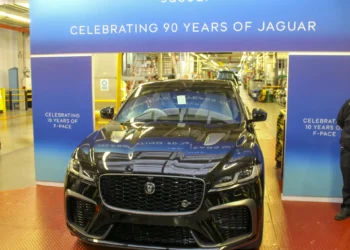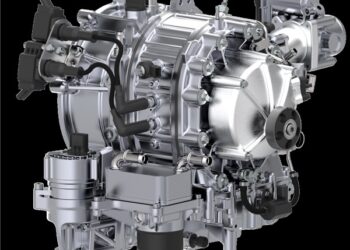In a move that’s bound to shake up the luxury automotive market, Mercedes has announced a radical shift in strategy for its flagship S-Class. As confirmed by CEO Ola Källenius in a recent interview, the next generation of the S-Class will be available with both internal combustion engines (ICE) and fully electric drivetrains. This strategy marks the end of the EQS after just one generation, though not before a mid-cycle facelift.
The decision to unify the S-Class lineup under one banner—offering both gas-powered and electric versions—echoes the approach taken by BMW with its 7 Series and i7 models. However, unlike BMW, which uses a single platform for both powertrains, Mercedes plans to differentiate its S-Class variants more significantly.
According to sources, the electric S-Class will be built on the new MB.EA Large platform, while the ICE version will utilize an updated iteration of the current MRA platform. This divergence in platforms means that, unlike the BMW 7 Series and i7, the two S-Class models may have distinct proportions and design elements. The electric version is expected to benefit from the packaging advantages typical of EVs, such as a longer wheelbase and shorter overhangs, which could lead to a roomier interior.
Mercedes’ decision to develop separate platforms for the ICE and EV versions of the S-Class seems to be part of a broader strategy. It’s likely that the next-generation E-Class will follow a similar path, offering both gas-powered and electric versions. This approach allows Mercedes to spread development costs across more models, making the endeavor financially viable.
Meanwhile, the current EQS is scheduled for a facelift in 2025, with rumors suggesting it will switch to an 800V electric architecture for faster charging times and improved range. This update is crucial as the EQS has faced criticism for its design and has struggled with sales, contributing to a 23% drop in combined deliveries of the S-Class, EQS, EQS SUV, and GLS in Q2 of 2024.
This ambitious plan to unify the S-Class under one banner, while still catering to both traditional and electric powertrain preferences, is a clear indication of Mercedes’ desire to maintain its dominance in the luxury sedan market. However, the significant drop in sales and the reduction of S-Class production to a single shift highlight the challenges the brand faces in an increasingly competitive and rapidly evolving market.
As Mercedes navigates these challenges, all eyes will be on how successfully they can merge the worlds of luxury and electric performance, and whether this gamble will pay off in the long run. The upcoming years will be crucial as the automaker seeks to reassert its position at the top of the luxury market, while also leading the charge in the electric vehicle revolution.

